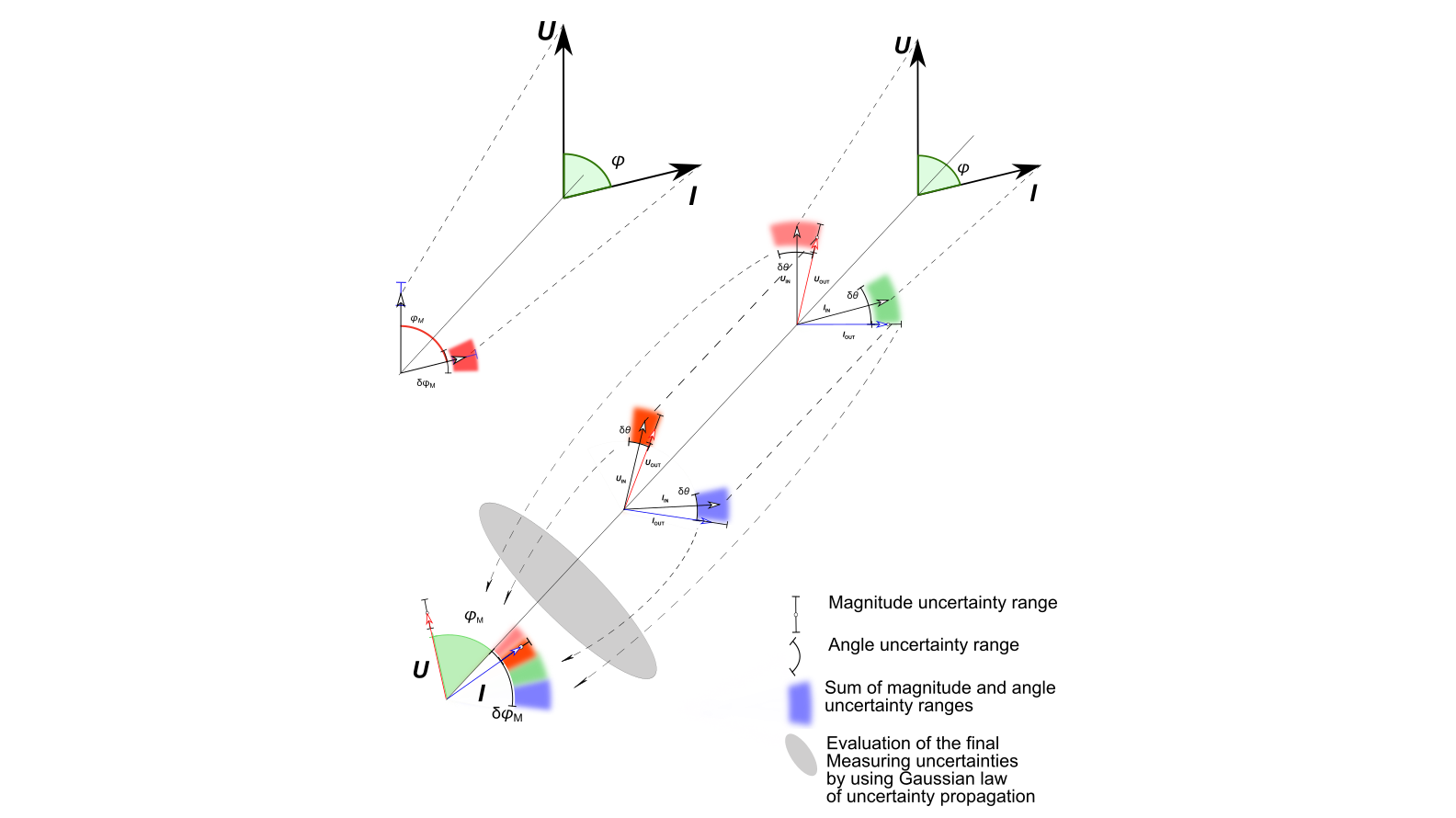-
Impulses
Impulses
- Portfolio
-
Career
Career
-
Company
Company
-
Calibration
Calibration
Comparison of methods
Component calibration and system calibration
Component calibration
- The necessity for two calibration laboratories increases the workload and expense for logistics and coordination of the calibration work.
- The responsibility for the final measurement uncertainty lies with the operator of the power measuring system.
- The final measurement uncertainty of the power measuring system must be determined for every combination of the measuring ranges of the instrument transformers and the measuring ranges of the power measuring system.
System calibration
- The power measuring system is calibrated as a single unit (instrument transformer and power measuring instrument, including measurement cables) via the Power Calibration System (PCS) in a single work step.
- The final measurement uncertainty of the power measuring system is certified via the accredited calibration certificate without further effort, which counts as a certificate of traceability.
Conclusions
-
The results of different calibration methods for a measuring system are qualitatively equivalent if both calibrations deliver accurate results. The simplest approach is to compare two accredited calibrations. Two accredited calibrations are equivalent in terms of accuracy even though the two methods are based on different principles.
-
System calibration is always the preferred method if it is important to reduce the measurement uncertainty. This can be particularly important if the declaration of conformity is to be issued close to the conformity border.

We are here for you. Wherever you are.
Looking for the right contact partner?
Do you have a concern, but don't know whom you should contact? You will find that information in our contact overview. For service inquiries, please contact service@highvolt.com directly.

